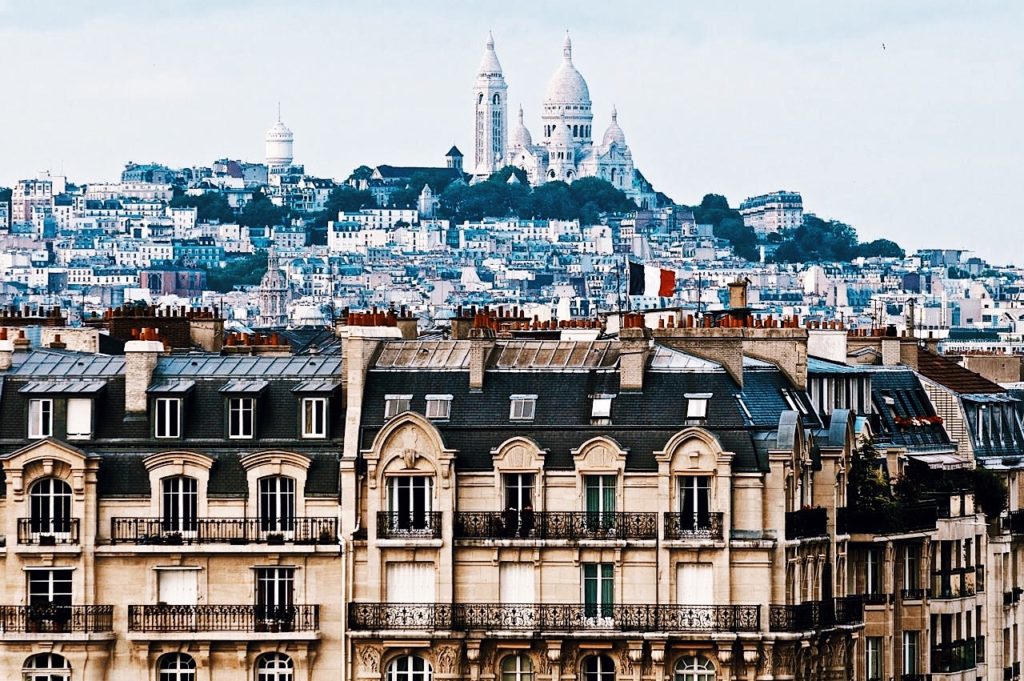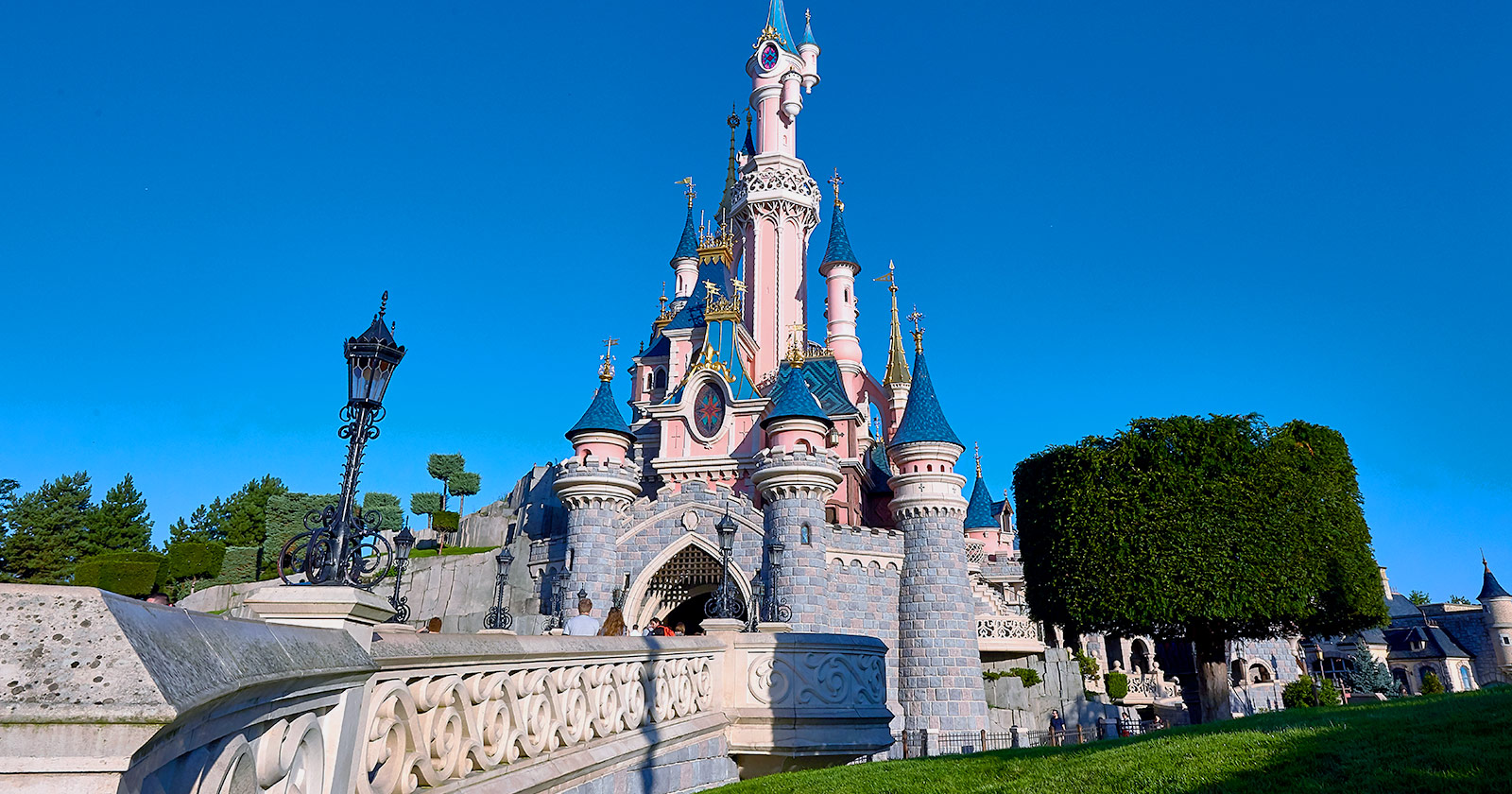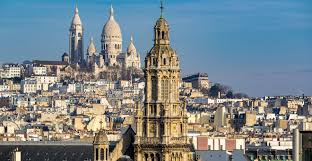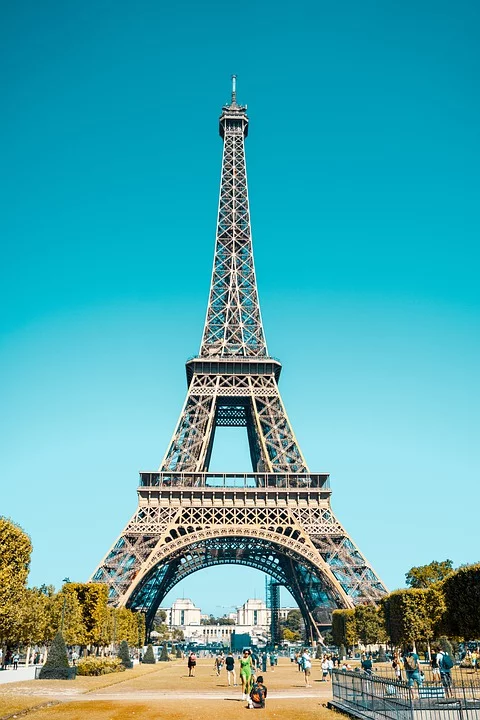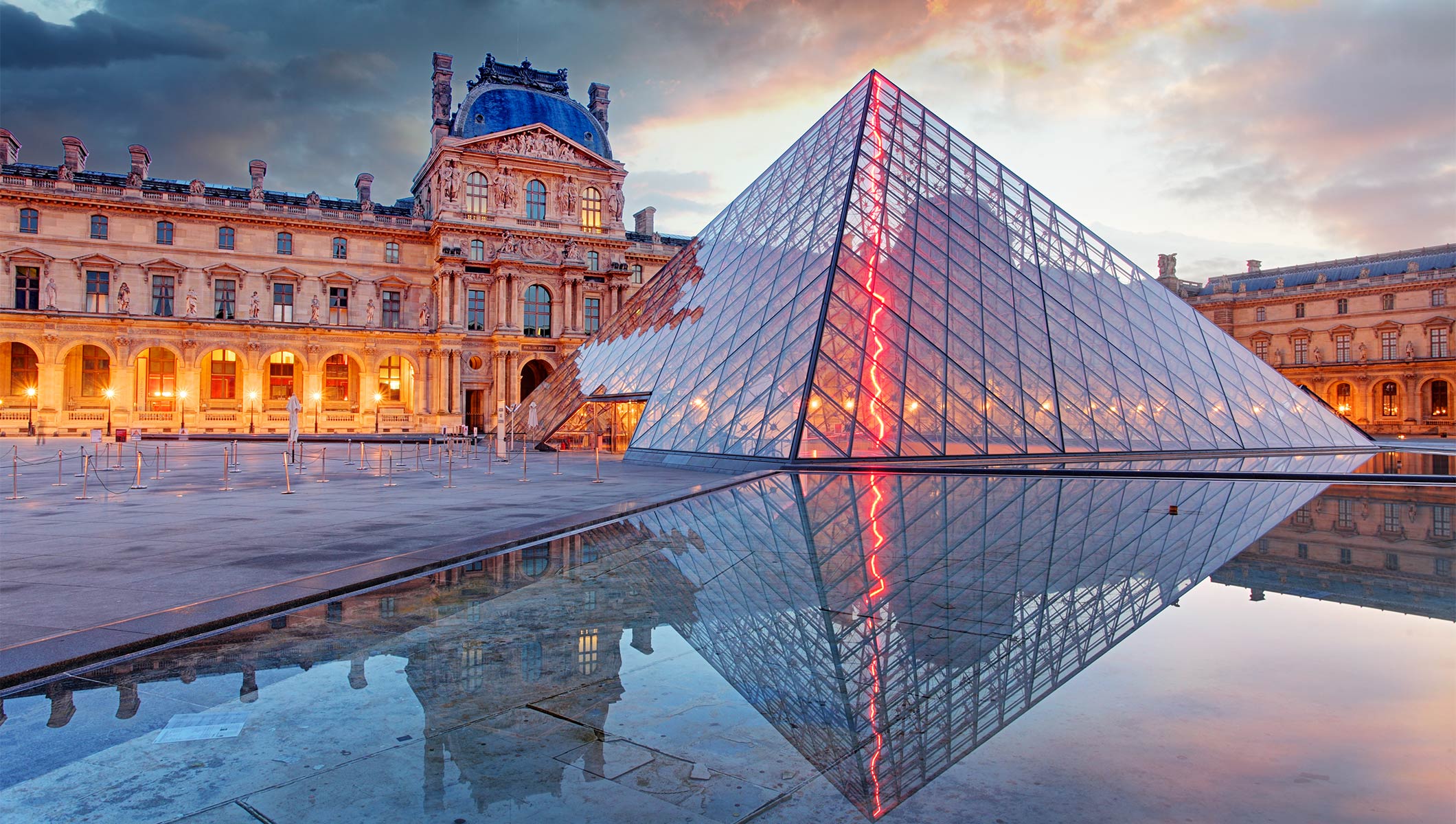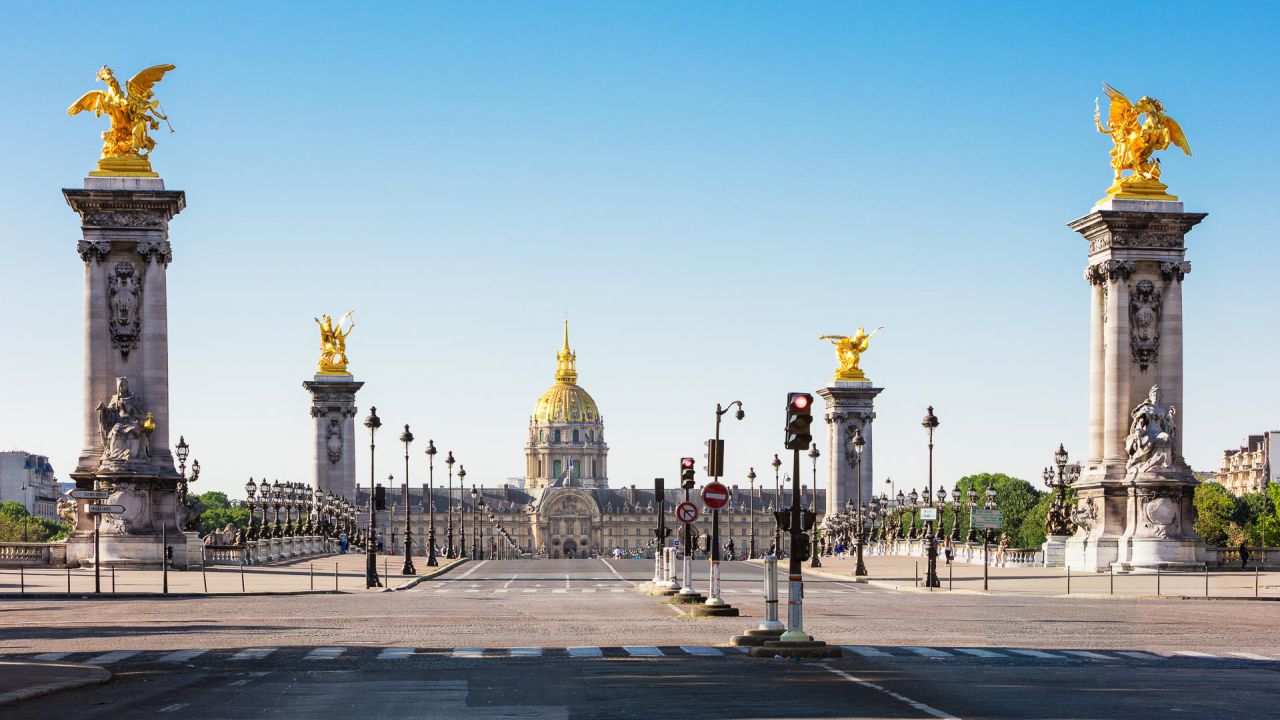Venue & Hospitality
City Highlights
About City
About France
France, formally the French Republic, is a nation whose domain comprises of metropolitan France in Western Europe and a few abroad locales and regions. The metropolitan region of France reaches out from the Mediterranean Sea to the English Channel and the North Sea and from the Rhine to the Atlantic Ocean. It is flanked by Belgium, Luxembourg and Germany toward the upper east, Switzerland and Italy toward the east, and Andorra and Spain toward the south. The abroad regions remember French Guiana for South America and a few islands in the Atlantic, Pacific and Indian seas. The nation's 18 fundamental locales range a consolidated region of 643,801 square kilometers (248,573 sq. mi) and an absolute populace of 67.02 million. France is a unitary semi-presidential republic with its capital in Paris, the nation's biggest city and principle social and business focus. Other major urban zones incorporate Lyon, Marseille, Toulouse, Bordeaux, Lille and Nice.
About Paris
Paris, the City of Light is the world's most visited capital. The city is proud of its many monuments from the iconic Eiffel Tower to the lofty Notre-Dame cathedral and the majestic Arc de Triomphe. No doubt this is Europe's most enchanting capital! Know about the romantic destinations of Europe with a territory of 105 square kilometers and an authority evaluated populace of 2,140,526 inhabitants. Since the seventeenth century, Paris has been one of Europe's significant focuses of money, strategy, trade, style, science, and human expressions. The City of Paris is the inside and seat of administration of the Île-de-France, or Paris Region, which has an expected authority 2019 populace of 12,213,364, or around 18 percent of the number of inhabitants in France. The Paris Region had a GDP of €709 billion out of 2017. As indicated by the Economist Intelligence Unit Worldwide Cost of Living Survey in 2018, Paris was the second most costly city on the planet, after Singapore, and in front of Zürich, Hong Kong, Oslo and Geneva. Another source positioned Paris as generally costly, on a standard with Singapore and Hong Kong, in 2018.
Transportation:
Because the city of Paris is roughly only 6 miles across, visitors have a wide range of options when it comes to transportation. While much of the more well-known attractions are in the center of the city and are best experienced by walking, there are many destinations that require other means of transport. While taxis offer a fast and relatively inexpensive means of travel, Paris’ public transportation system offers an enjoyable, stress-free way to explore the city. The Paris Metro system was built in 1900 by engineer Fulgence Bienvenüe and architect Hector Guimard. The Metro covers over 124 miles with 300 stations and 16 lines. Servicing over 6 million residents and tourists every day, the Metro was designed to be an efficient and reliable alternative to the congestion of traffic. Every building in Paris is less than 500 meters from a train station, so accessibility is never a problem. The 16 Metro lines are identified by their final destinations. A rider can simply select the appropriate line and take it in the direction s/he wants. The Metro stations are well marked, and there are ticket booths at most entrances. There are five airports that serve Paris: Charles de Gaulle Airport, Orly Airport, Beauvais-Tille Airport and Paris–Le Bourget Airport, and Chalons Vatry Airport.
Economic condition:
The economy of the City of Paris is based largely on services and commerce; of the 390,480 enterprises in the city, 80.6 percent are engaged in commerce, transportation, and diverse services, 6.5 percent in construction, and just 3.8 percent in industry. The story is similar in the Paris Region (Île-de-France): 76.7 percent of enterprises are engaged in commerce and services, and 3.4 percent in industry. At the 2012 census, 59.5% of jobs in the Paris Region were in market services (12.0% in wholesale and retail trade, 9.7% in professional, scientific, and technical services, 6.5% in information and communication, 6.5% in transportation and warehousing, 5.9% in finance and insurance, 5.8% in administrative and support services, 4.6% in accommodation and food services, and 8.5% in various other market services), 26.9% in non-market services (10.4% in human health and social work activities, 9.6% in public administration and defense, and 6.9% in education), 8.2% in manufacturing and utilities (6.6% in manufacturing and 1.5% in utilities), 5.2% in construction, and 0.2% in agriculture.
Geographical Position of City, France:
Paris is situated in northern focal France, in a north-bowing curve of the waterway Seine whose peak incorporates two islands, the Lie Saint-Louis and the bigger falsehood de la Cite, which structure the most established piece of the city. The stream's mouth on the English Channel is around 233 mi (375 km) downstream from the city. The city is spread generally on the two banks of the stream. By and large, the city is generally level, and the absolute bottom is 35 m (115 ft) above ocean level. Paris has a few noticeable slopes, the most elevated of which is Montmartre at 130 m (427 ft). Barring the remote parks of Bois de Boulogne and Bois de Vincennes, Paris covers an oval estimating around 87 km2 (34 sq mi) in territory, encased by the 35 km (22 mi) ring street, the Boulevard Peripheries. The city's last significant addition of remote domains in 1860 gave it its cutting edge shape as well as made the 20 clockwise-spiraling arrondissements (civil districts). From the 1860 territory of 78 km2 (30 sq mi), as far as possible were extended insignificantly to 86.9 km2 (33.6 sq mi) during the 1920s. In 1929, the Bois de Boulogne and Bois de Vincennes woods parks were formally attached to the city, carrying its zone to around 105 km2 (41 sq mi). The metropolitan zone of the city is 2,300 km2 (890 sq mi).
City’s Education & Life Style:
Paris is the department with the highest proportion of highly educated people. In 2009, around 40 percent of Parisians held a license-level diploma or higher, the highest proportion in France. While 13 percent have no diploma, the third-lowest percentage in France. Education in Paris and the Île-de-France region employs approximately 330,000 people, 170,000 of whom are teachers and professors teaching approximately 2.9 million children and students in around 9,000 primary, secondary, and higher education schools and institutions. The University of Paris, founded in the 12th century, is often called the Sorbonne after one of its original medieval colleges. It was broken up into thirteen autonomous universities in 1970, following the student demonstrations in 1968. Most of the campuses today are in the Latin Quarter where the old university was located, while others are scattered around the city and the suburbs.
List of Universities in Paris:
-
Paris Sciences ET Letters Research University (PSL)
-
Ecole Polytechnique (ParisTech)
-
Sorbonne University
-
Sciences Po Paris
-
Telecom ParisTech
-
Ecole des Ponts ParisTech
-
University of Paris
-
University Paris-Sud 11
-
University Paris 1 Pantheon-Sorbonne
-
ENS-Paris Saclay
List of Research centers:
- French National Centre for Scientific Research
- Medical research institutes in France
- Nantes Institute for Advanced Study Foundation
- IATEUR
- IFREMER
- Institute of Analytical Sciences
- Station biologique de Roscoff
- Higher Institute of Iranian Studies
- University of Paris-Saclay
- LULI
Venue

